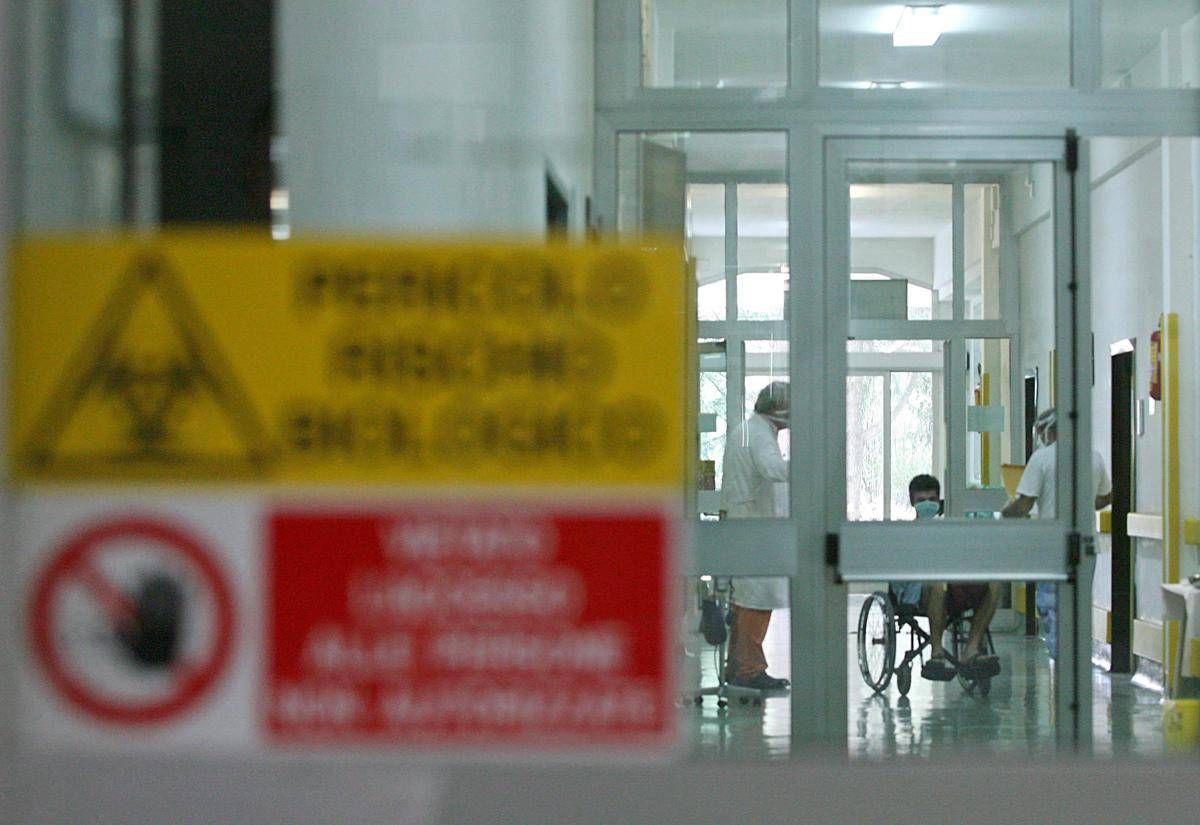
H5N1 virus: a new global threat like Covid was?
Richard Pebody, director of Ukhsa, warns that avian H5N1 could cause a global crisis similar to Covid-19. The infection is also spreading among several animal species, including sheep, recently found positive in the UK
The H5N1 avian virus could have the potential to trigger a pandemic similar to Covid-19, said Richard Pebody, director of the Infectious Diseases Department of the U.K. Health Security Agency (Ukhsa). The recently recorded case of an H5N1-positive sheep marks a critical point in the evolution of this virus, which appears to have acquired new characteristics in recent years.
Pebody explained that avian H5N1 has made a major species jump, a process that is part of the evolution of the virus, which was initially limited to birds. Over the past 3-4 years, the virus has shown signs of change and is now spreading to other animal species, including cattle in the United States and now to the United Kingdom. “We are working closely with animal health colleagues to make sure that human health is protected,” Pebody added.
Disease X: a term of concern for experts
Ukhsa recently warned of 24 deadly viruses that could cause the upcoming “Disease X,” a term used to describe an unknown but potentially pandemic disease. These viruses, in addition to H5N1, include much more dangerous forms of measles than Covid-19, as well as a virus belonging to the Picornavirus family, which can cause polio-like illnesses such as acute flaccid myelitis, leading to muscle weakness and paralysis.
The list also includes viruses of the Paramyxoviridae family, which cause diseases such as measles, mumps, and Nipah virus, known for their pandemic potential. In addition, coronaviruses, including Covid-19 and Mers, are also under scrutiny, along with antibiotic-resistant bacteria, which could give rise to new threats to global health.
The urgency of monitoring and preventing new pandemics
The emergence of these potentially pandemic viruses highlights the need to continuously monitor infectious diseases and prepare for possible global health emergencies. As H5N1 continues to make headlines for its spread among different species, experts stress the importance of close collaboration between the animal and human health sectors to protect the world’s population from future viral threats.
THE LATEST NEWS
(Photo: © AndKronos)
-

 News17 ore ago
News17 ore agoUdine: tensioni al corteo pro-Palestina durante Italia-Israele, usati idranti e lacrimogeni
-

 World20 ore ago
World20 ore agoHamas esegue esecuzioni sommarie a Gaza: pace a rischio
-

 International-News20 ore ago
International-News20 ore agoHere is the text of the Sharm el-Sheikh Declaration for Peace in Gaza
-

 News20 ore ago
News20 ore agoCrollo Ponte Morandi: pm chiede 18 anni per Castellucci per omicidi colposi









